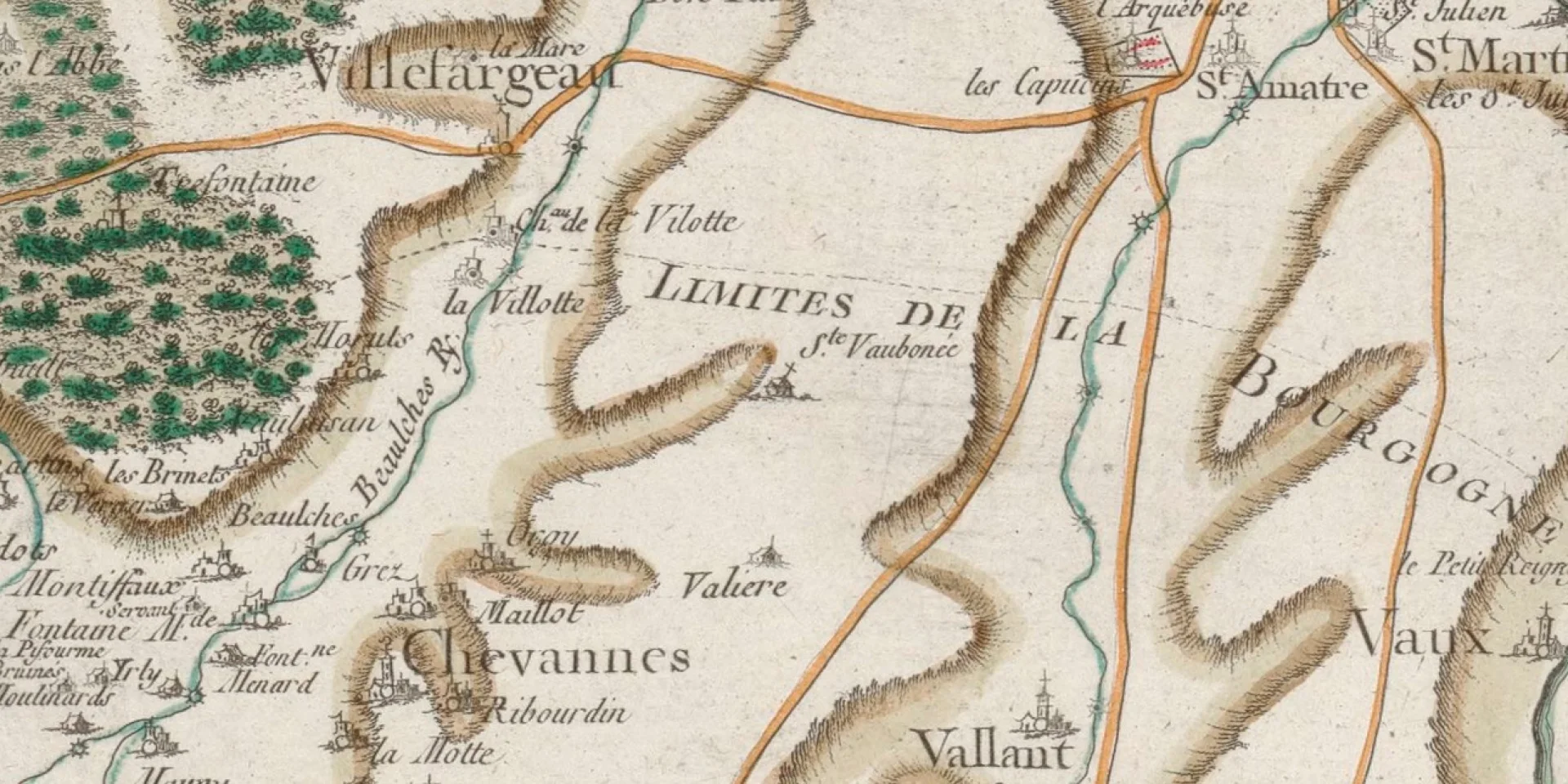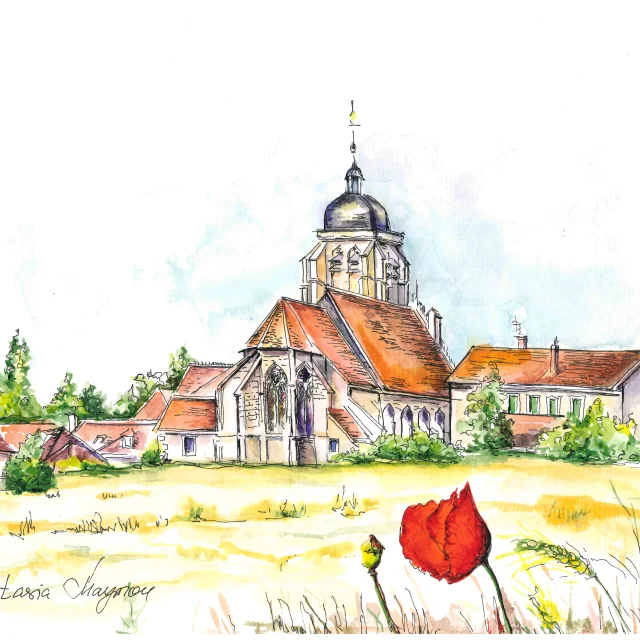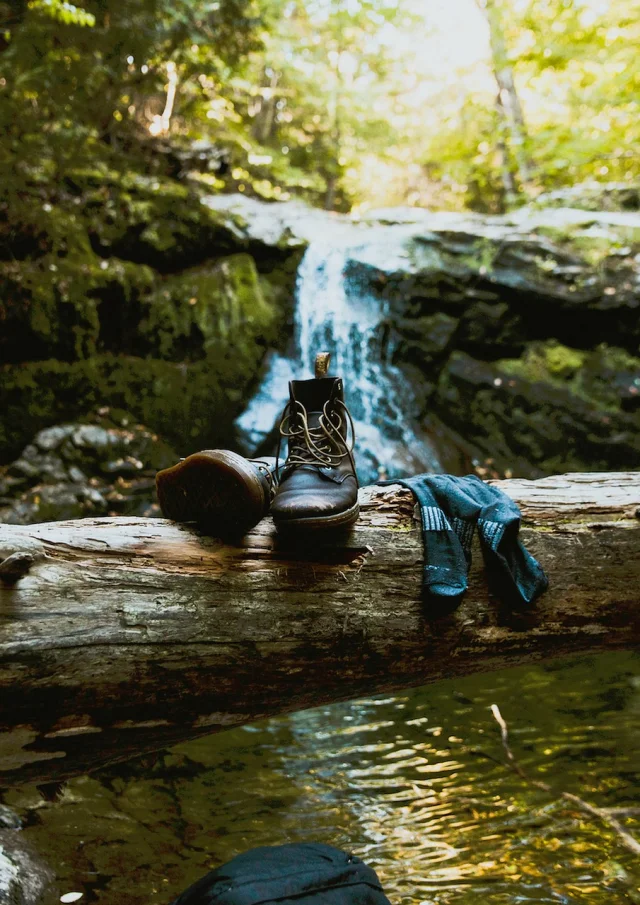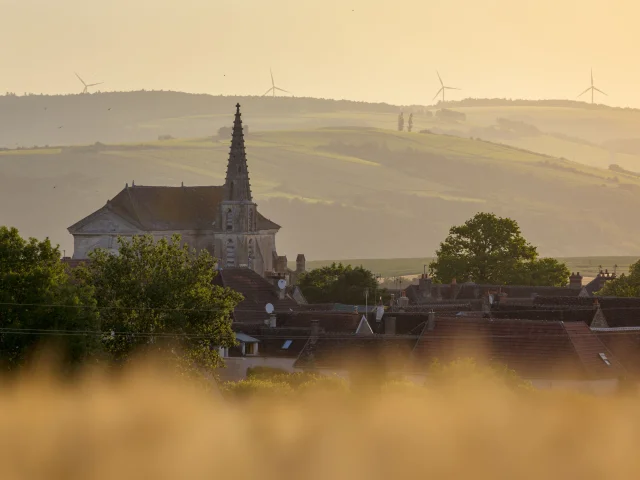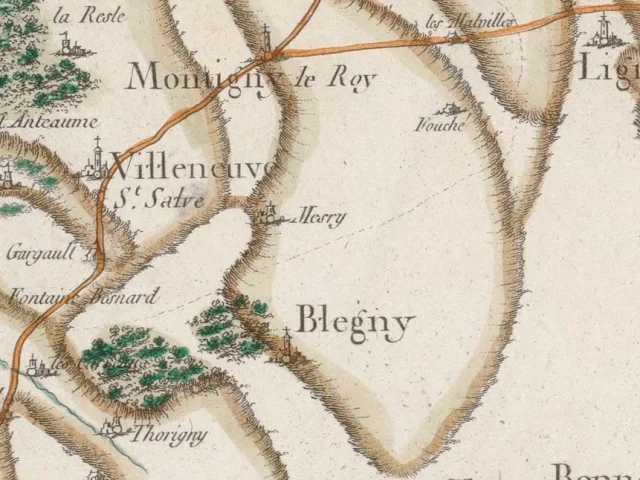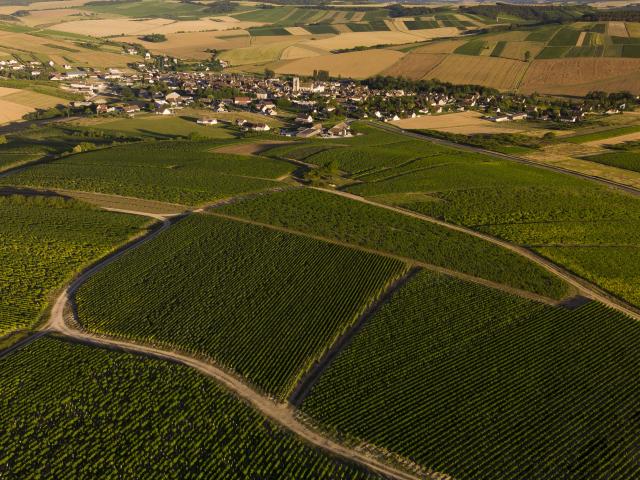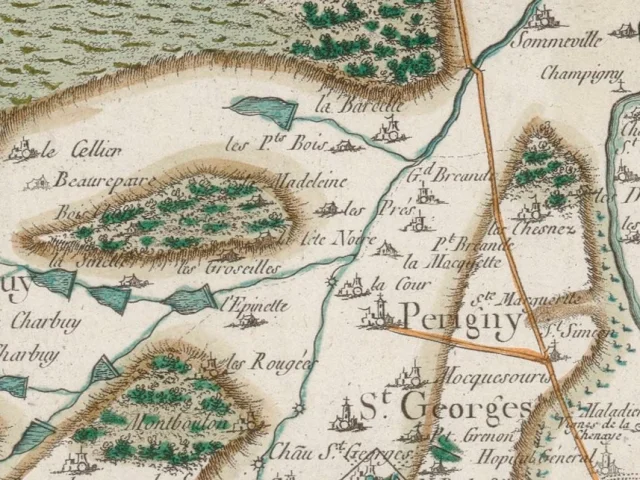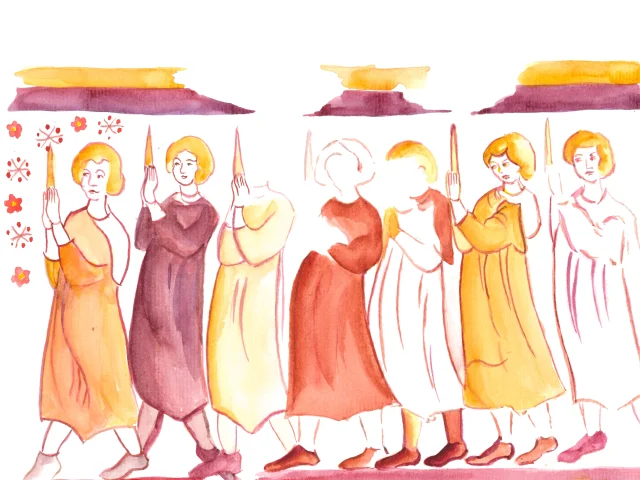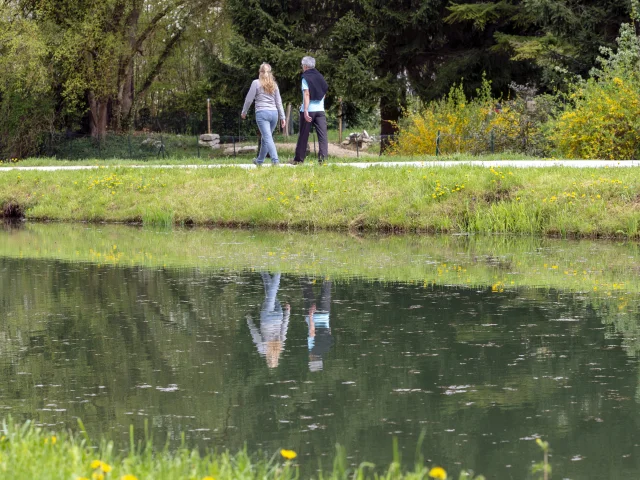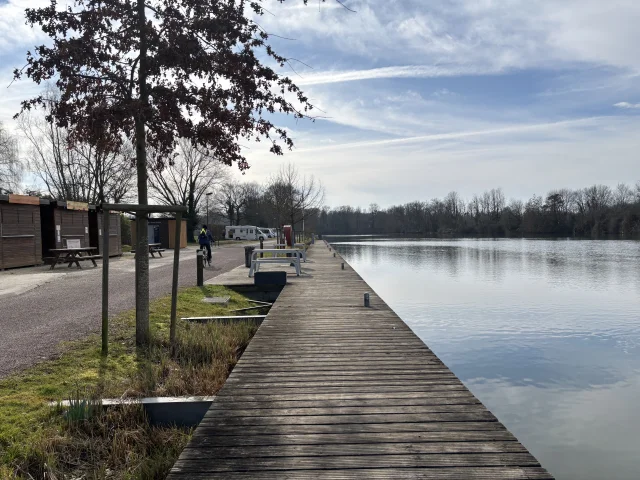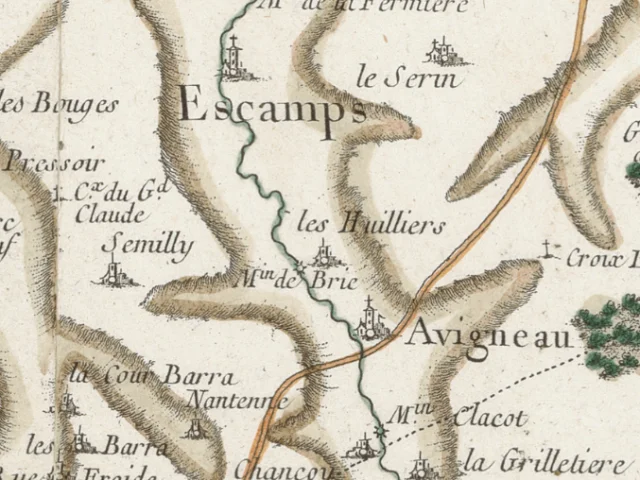Although the hamlets of Chevannes were first settled in ancient times, probably as early as the 2nd century, the first written mention of the village dates back to the 12th century. The town flourished a century later. Its population grew and ramparts, which seem to have incorporated the church, were built for protection.
Throughout the Middle Ages and beyond, the position of the market town was strategic and highly coveted, particularly due to the presence of springs that supplied the town of Auxerre with water. The Baulche valley was also defended by a whole network of chateaux and fortresses. Chevannes has four chateaux: La Motte, La Borde, Fontaine-Madame and Ribourdin, and one fortress.
In modern times, a tile factory was established in the south-west of the commune (in a place known as ‘La Tuilerie’). The factory evolved at the beginning of the 19th century when its new owners began producing earthenware. The majority of the production was made for the working classes, intended for everyday use and decoration. In 1838, production ceased definitively. To celebrate this local heritage, some pieces are displayed in the collections of the art and history museums of Auxerre.
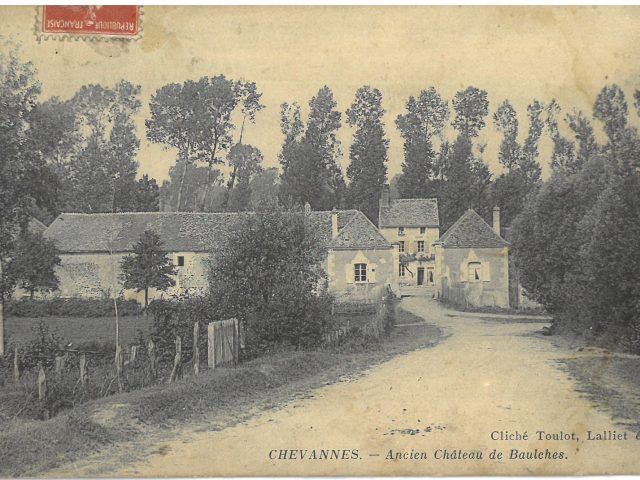 Carte Postale De La Maison Forte De Baulche Collection Particuliere
Carte Postale De La Maison Forte De Baulche Collection Particuliere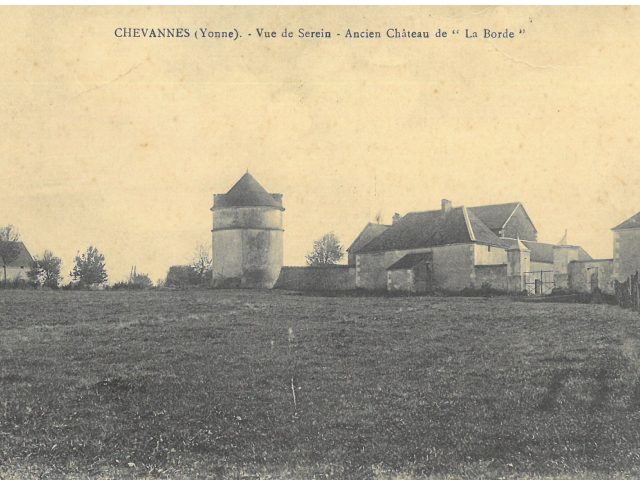 Carte Postale De Lancien Chateau De La Borde Et Son Pigeonnier Collection Particuliere
Carte Postale De Lancien Chateau De La Borde Et Son Pigeonnier Collection Particuliere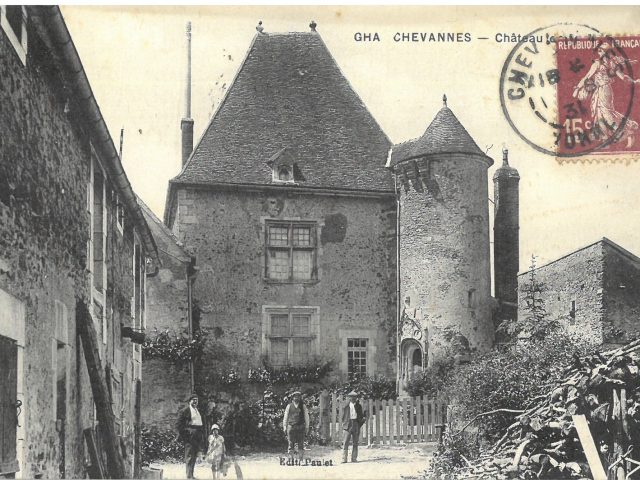 Carte Postale Du Chateau De La Motte Collection Particuliere
Carte Postale Du Chateau De La Motte Collection Particuliere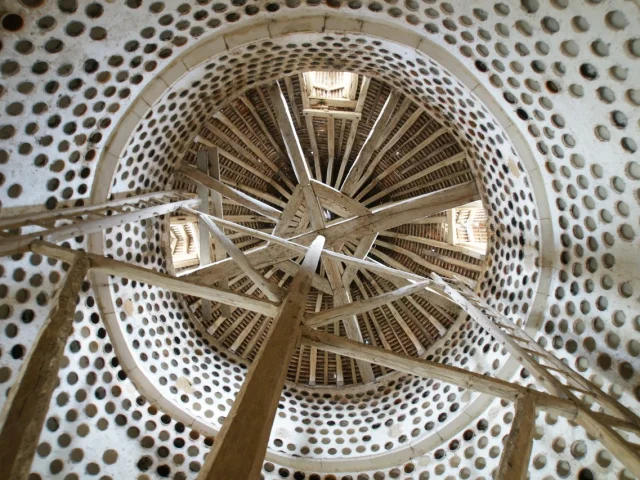 Interieur Du Pigeonnier Du Chateau De Ribourdin Chateau De Ribourdin
Interieur Du Pigeonnier Du Chateau De Ribourdin Chateau De Ribourdin